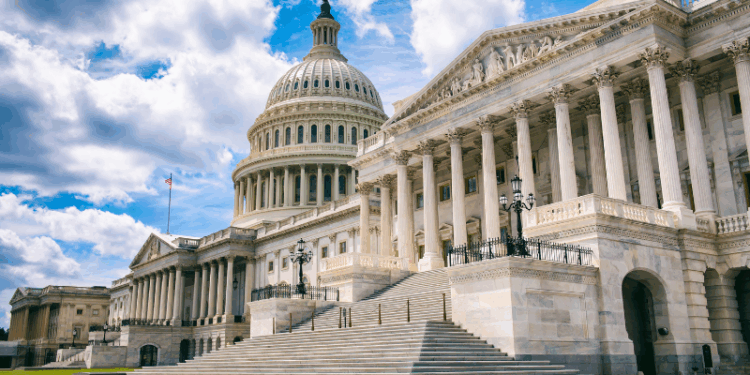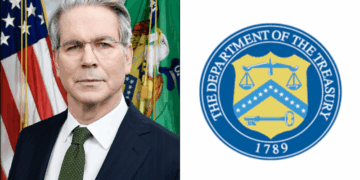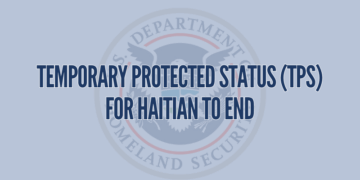Federal employees and essential services face uncertainty as the U.S. government shuts down at 12:01 a.m. on Wednesday, October 1st. Senate votes on funding measures failed for both parties, leaving no agreement to continue government operations past Tuesday’s deadline.
Congressional negotiations collapsed despite efforts from President Donald Trump, who met with lawmakers on Monday. Vice President JD Vance warned that the shutdown could disrupt federal assistance programs, delay flights, and leave service members unpaid, emphasizing that “people are going to suffer because of this,” he told Fox News.
The standoff followed the failure of a Democratic-backed bill aimed at extending health care subsidies under the Affordable Care Act and reversing Medicaid cuts. A Republican stopgap measure intended to fund government operations for seven weeks also did not pass. Russell Vought, Director of the White House Office of Management and Budget, instructed agencies to implement shutdown plans immediately, while Senate Minority Leader Chuck Schumer urged Republicans to return to the negotiating table.
Mandatory programs, including Medicare, Medicaid, Social Security, and military operations, will continue, though reduced staffing may slow some services. About 750,000 federal workers are expected to be furloughed, while essential personnel such as air traffic controllers, TSA officers, and some members of the military will work without pay. Contractors, including janitors and security staff, are not guaranteed compensation. The FDA and CDC will operate at limited capacity, potentially impacting food safety and public health oversight.
Congress is expected to vote again on Wednesday on the same measures that failed Tuesday, but no compromise has emerged. Americans who rely on government services, as well as federal employees and service members, remain in limbo as uncertainty over the shutdown continues.










